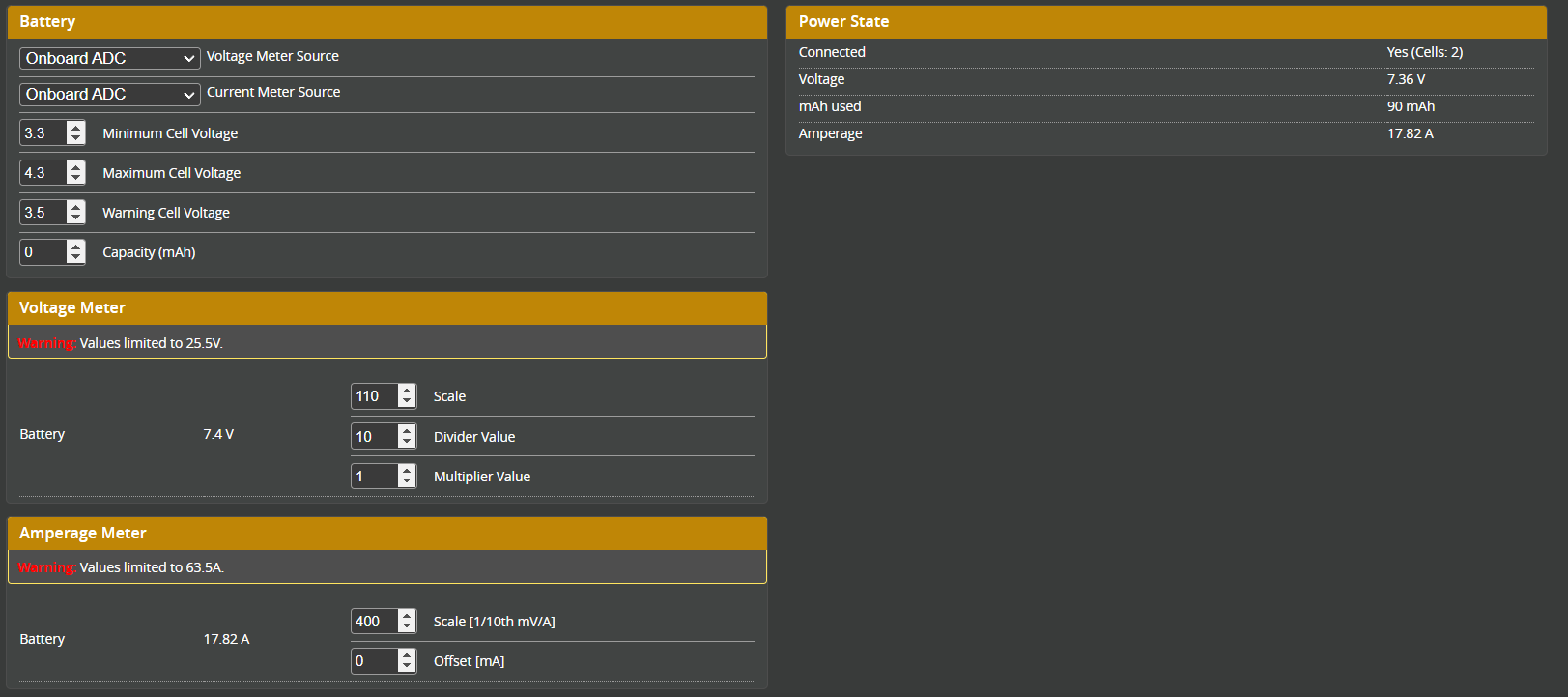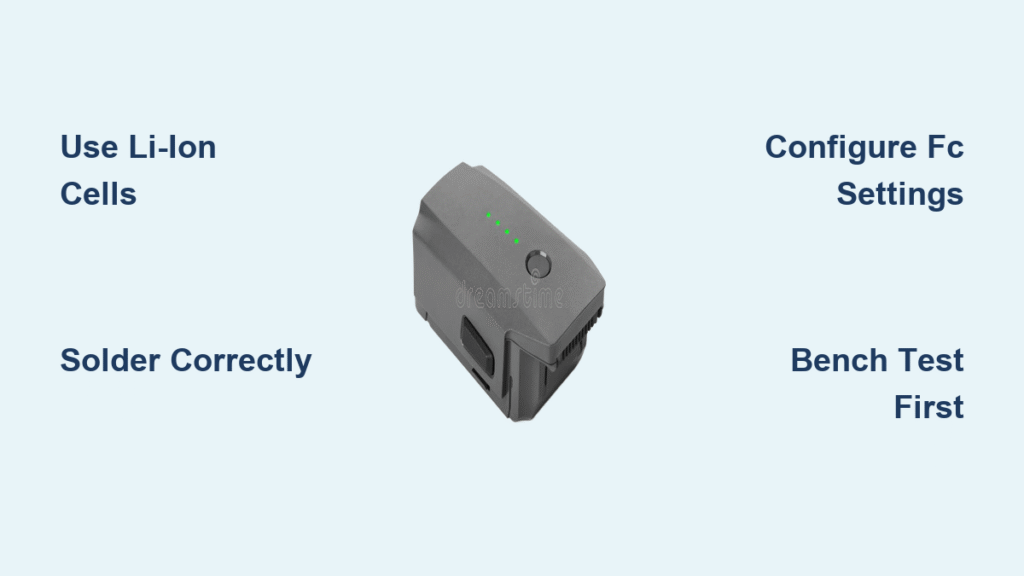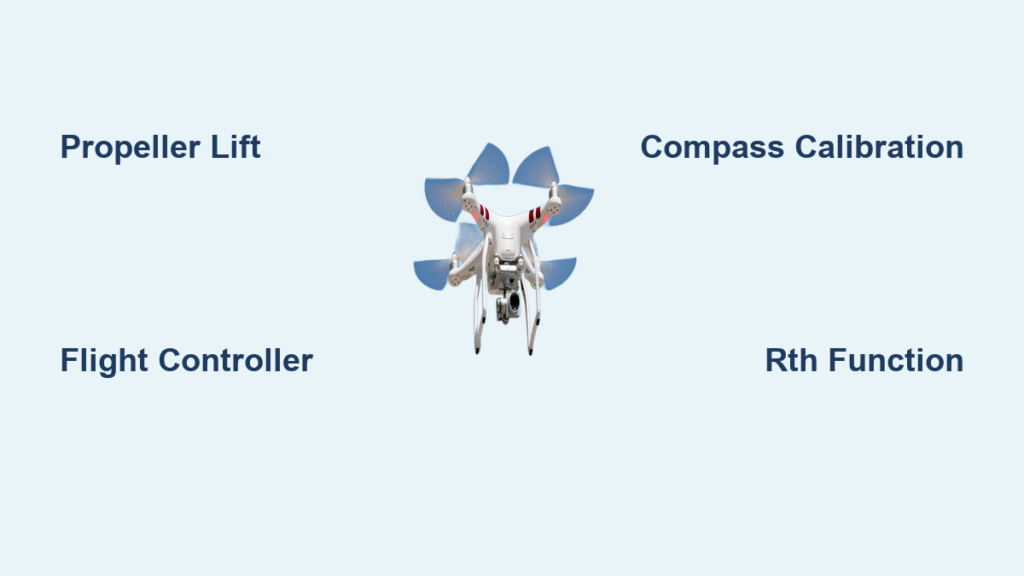Tired of landing after 8 minutes while your drone’s still humming? Commercial LiPo batteries max out fast for long-range missions, but learning how to make a drone battery with Li-ion cells unlocks 20-30 minute flights from the same weight class. I’ve tested packs that deliver double the energy per gram compared to standard LiPos—perfect for mapping, fixed-wing cruising, or heavy-lift photography. In this guide, you’ll discover exactly how to build a safe, custom Li-ion battery that outperforms store-bought options while cutting costs by 30-50%. Skip the guesswork: I’ll show you cell-by-cell assembly techniques, critical flight controller tweaks, and bench tests that prevent mid-air failures.
Why Li-ion Outperforms LiPo for Long-Range Drones
Forget racing batteries—Li-ion’s secret weapon is energy density. A 4S 18650 3400mAh Li-ion pack weighing 200g delivers more flight time than a 200g 1600mAh LiPo. But here’s the catch: Li-ion’s 1-10C discharge rate won’t handle aggressive freestyle maneuvers. Your drone must draw under 3C sustained current to avoid voltage crashes. Calculate your hover amps first: multiply your all-up weight (kg) by 0.7. If your 800g quad pulls 5.6A, a 3000mAh Li-ion pack (3C = 9A max) has a comfortable safety margin.
Critical voltage differences you can’t ignore:
– Li-ion safely discharges to 3.0V per cell (vs. LiPo’s 3.5V minimum)
– Default ESC cutoffs will kill power prematurely if untouched
– Li-ion’s metal casing survives crashes better than LiPo’s soft pouch
For long-range FPV or survey drones drawing under 15A, Li-ion’s 500+ cycle life crushes LiPo’s 200-300 cycles. You’ll pay more upfront but save $200+ over two years.
Select Crash-Resistant 18650 or 21700 Cells

Generic cells from AliExpress? That’s a fire waiting to happen. Stick with Sony VTC6 or Molicel P45B for consistent performance. Here’s why your cell choice makes or breaks the build:
Why Sony VTC6 18650 Cells Dominate for 3-4 Inch Drones
- 3120mAh capacity with 30A burst rating handles punch-outs
- 80°C thermal cutoff prevents thermal runaway during hard landings
- 45g weight keeps 4S1P packs under 200g for ultralight builds
- Pro tip: Avoid Samsung 30Q—they sag violently under load despite high mAh claims
When to Upgrade to Molicel P45B 21700 Cells
For 5-inch long-range quads needing serious endurance:
– 4500mAh capacity adds 12+ minutes of flight time per 260g pack
– 45A continuous current supports heavier payloads (gimbals, LIDAR)
– 275Wh/kg energy density beats all 18650s for weight efficiency
– Warning: Never use Samsung 50E cells—they overheat past 10A draw
Field-tested cell comparison:
| Cell Model | Max Safe Continuous | Real-World Sag at 5A | Crash Survival | Best For |
|————|———————|———————-|—————-|———-|
| Sony VTC6 | 10A | 0.15V | Steel canister = high | 3-4″ long-range |
| Molicel P45B | 20A | 0.12V | Thick casing = highest | 5″ heavy-lift |
| Generic 18650 | 5A | 0.4V+ | Punctures easily | Avoid entirely |
Calculate Your Exact Series/Parallel Configuration

Mistake #1? Building a pack that’s either too weak or too heavy. Your drone’s sustained amp draw dictates everything. For a 4S setup:
- 4S1P = 4 cells in series (14.8V nominal). Example: 4x Sony VTC6 = 3000mAh, 200g. Perfect for sub-1kg drones drawing <9A.
- 4S2P = 8 cells (4 series pairs). Example: 6000mAh, 400g. Use only if your 1.5kg mapping drone needs 15A+ hover current.
Calculate your minimum cell count:
1. Measure hover amps with a watt meter (e.g., 5.6A for 800g quad)
2. Divide by cell capacity: 5.6A ÷ 3.0Ah = 1.87C draw
3. Since Li-ion maxes at 3C, 1.87C is safe for 4S1P
Critical rule: Never exceed 3C sustained draw. A 3000mAh pack must stay under 9A continuous.
Solder Drone Battery Cells Without Killing Them
Heat is the silent killer of Li-ion cells. One overheated joint ruins capacity permanently. Follow this exact workflow for bulletproof connections:
Pre-Tin Terminals in Under 3 Seconds
- Sand cell terminals with 400-grit paper until shiny
- Set iron to 380°C (no higher!) with 65W+ power
- Touch solder to terminal for 1 second max—any longer cooks the cell
- Visual cue: Joint should be shiny silver, not dull gray
Build Your Series Stick Like a Pro
- Arrange cells in +-+- orientation for minimal wire length
- Cut nickel strips to 1mm longer than cell height (prevents shorts)
- Solder negative terminal of Cell 1 to positive of Cell 2
- Pro tip: Use Kapton tape to hold cells in place during soldering—never your fingers!
Critical Insulation Steps Most Builders Skip
- Slide fish paper rings over every positive terminal before taping
- Wrap each joint with 2 layers of Kapton tape (not electrical tape—it melts)
- Apply 86mm heat-shrink with even hot air flow—watch for sharp edges puncturing insulation
- Warning: Skip this = short circuit during first flight
Configure Flight Controller for Li-ion Voltage Sag

Your drone will crash at 50% battery if you skip this. Li-ion’s 3.0V cutoff fools stock firmware into thinking the pack is dead. Here’s the fix:
Lock Cell Count in Betaflight CLI
- Connect to Betaflight Configurator
- Open CLI tab and enter:
set force_battery_cell_count = 4
save - Verify: Voltage display now shows correct 12.0V (not 10.8V) at 3.0V/cell
Disable Deadly ESC Cutoffs
Default ESC settings cut power at 3.2V/cell—way too high for Li-ion:
1. Open BLHeli Suite
2. Set Low Voltage Protection = NONE
3. Critical: If your ESC lacks this option, replace it immediately—mid-air cutoff is guaranteed
Consequence of skipping: At 12.8V (3.2V/cell), your Li-ion still has 20% capacity left. Default ESCs will kill motors while telemetry shows “30% remaining.”
Bench-Test Your DIY Drone Battery Safely
Never fly an untested pack. This 3-step validation prevents fires and crashes:
Single-Cell Stress Test (Do This First!)
- Connect one cell to an electronic load
- Apply 10A constant current (≈3C for 3000mAh)
- Abort immediately if: Surface temperature exceeds 70°C or voltage drops below 2.8V
Full-Pack Hover Simulation
- Secure drone to test bench with zip ties
- Run all motors at 60% throttle (typical hover)
- Monitor current with watt meter—must stay under 3C
- Red flag: Voltage sag >0.3V per cell (1.2V total for 4S)
Voltage Sag Check You Can’t Skip
- Measure resting voltage (e.g., 14.4V)
- Re-measure under hover load (e.g., 13.3V)
- Acceptable: 1.1V drop max (0.275V/cell)
- Danger zone: >1.5V drop = rebuild with higher-C cells
Maintain Your Custom Drone Battery for 500+ Cycles
Li-ion packs last years if treated right. Follow these field-proven habits:
Storage Protocol That Prevents Degradation
- Never store at full charge—3.6V/cell (50% SoC) is ideal
- Use a storage charger mode or discharge to 3.6V manually
- Pro tip: Label packs with storage date—rotate every 3 months
Monthly Health Check
- Measure internal resistance (IR) with a battery checker
- Retire immediately if: Any cell shows >50mΩ rise from new
- Inspect for dents—bent cans = internal short risk
Field Charging Workflow That Saves Time
- Charge overnight at 0.5C (2 hours for 3000mAh)
- Transport in fireproof Li-ion bags (never loose in backpack)
- Hot-swap trick: Build two identical 4S1P packs instead of one 4S2P—you’ll always have a charged spare
Quick-Reference Build Calculator
| Your Spec | Formula | For 4S1P VTC6 Pack |
|---|---|---|
| Nominal Voltage | 3.6V × S | 14.4V |
| Max Safe Current | Capacity(Ah) × 3C | 9A |
| Hover Amp Draw | Weight(kg) × 0.7 | 5.6A (for 800g quad) |
| Flight Time | Capacity(Ah) ÷ Hover Amps | 32 minutes |
| Critical Check | Max Current > Hover Amps | 9A > 5.6A = SAFE |
Pro tip: Start with a simple 4S1P 18650 pack for your 3-4 inch quad. Master this before attempting 6S2P builds—the skills transfer directly, and you’ll save $50 versus buying Auline’s pre-made packs.
Building your own drone battery isn’t just cheaper—it’s the only way to optimize flight time for your exact mission. By selecting proven cells, soldering with military precision, and configuring firmware correctly, you’ll unlock reliable 25+ minute flights that leave stock LiPos grounded. Remember: heat kills cells, default ESCs kill flights, and generic cells kill safety margins. Stick to the tested steps here, and your next long-range mission will finally stay airborne long enough to matter.



